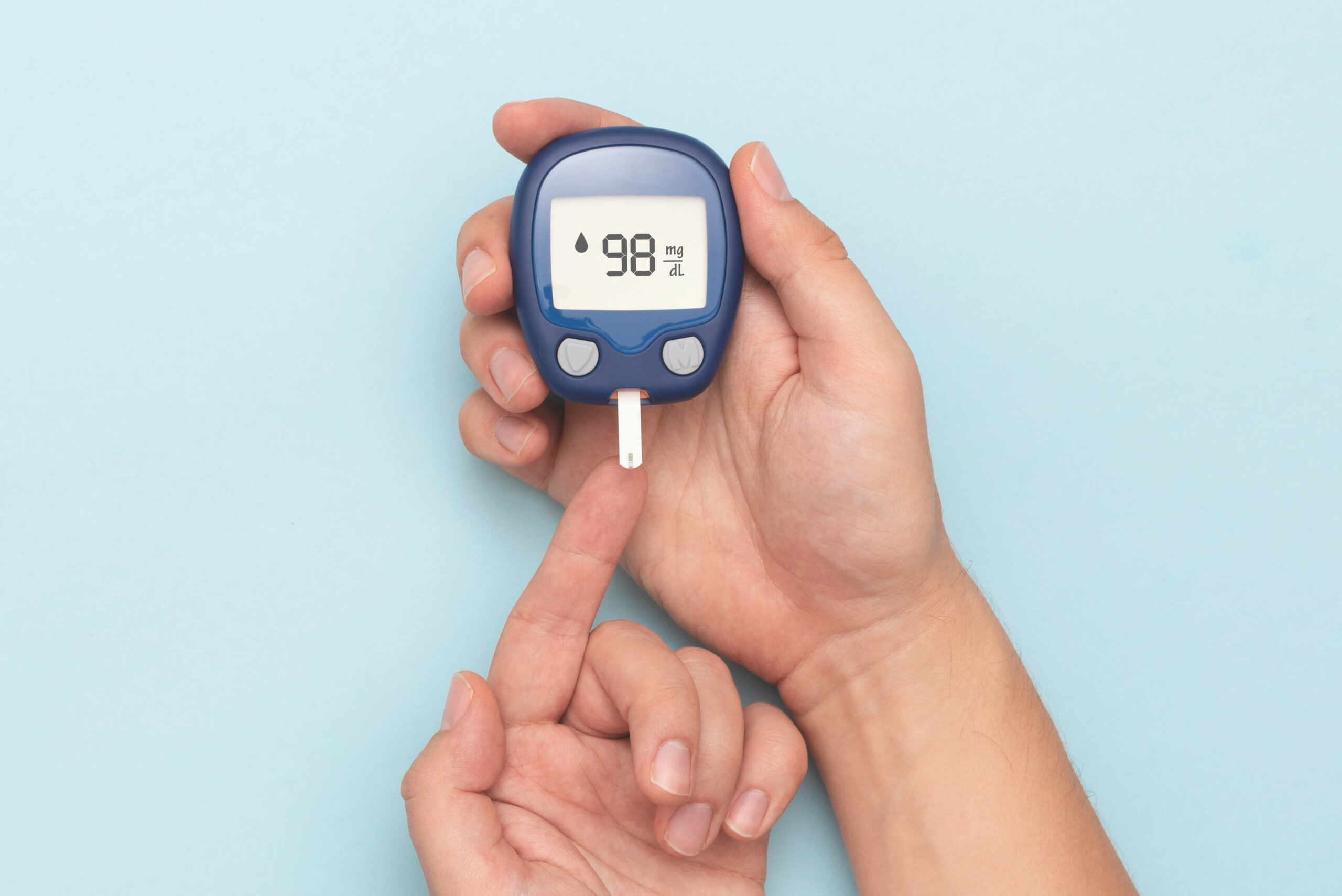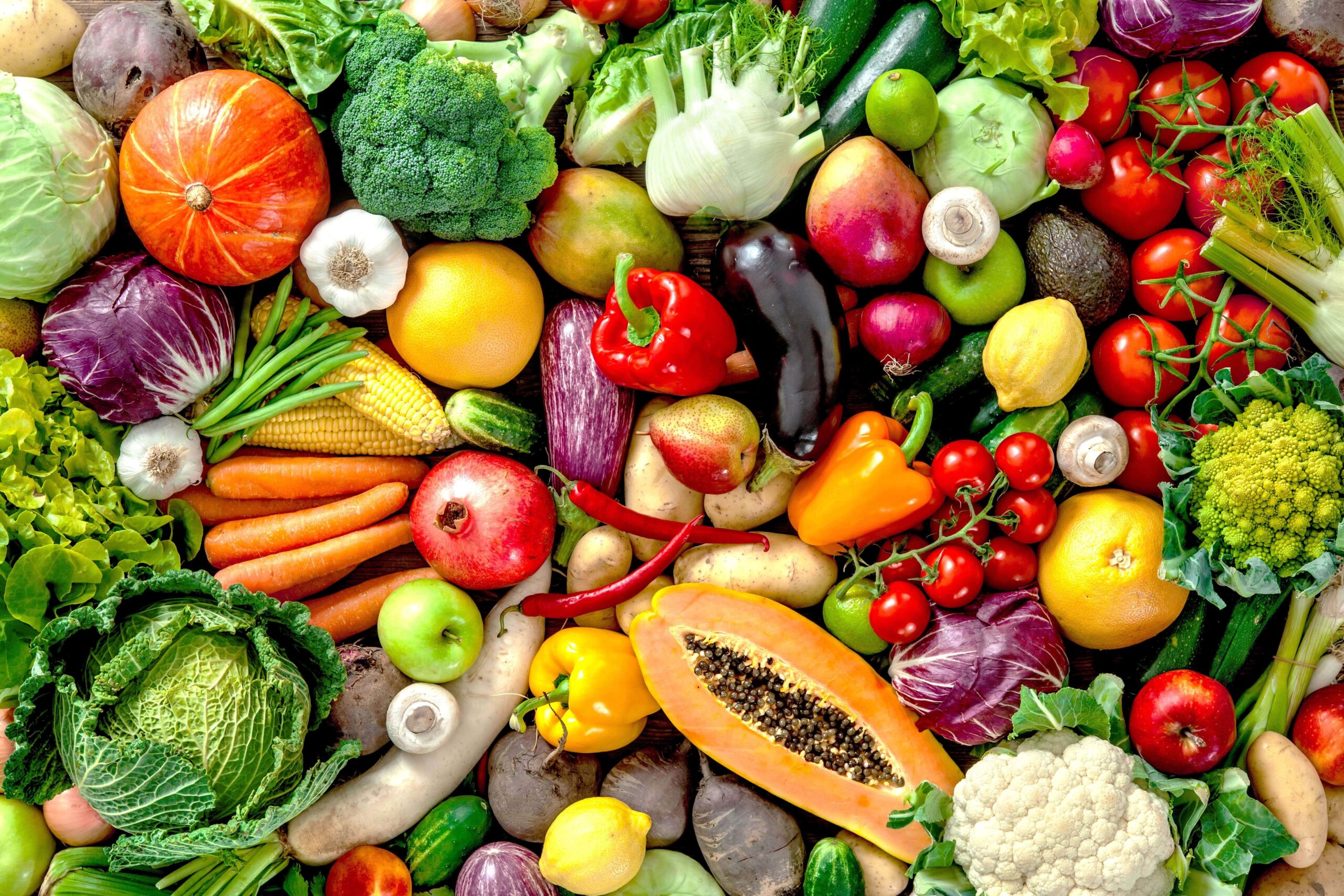
There are many ways that blood sugar can be affected and may cause problems with sugar control in people with diabetes. Each person reacts differently to a variety of things that influence blood sugar. People with diabetes should know certain compounds and activities affecting blood sugar levels.
Read on to learn more compounds that may alter blood glucose levels and methods people with diabetes can use to see what substances and behaviors influence their blood sugar levels.
Factors that UPSWING your blood sugar level
Sugar-Free Foods
- Many foods claim to be “sugar-free.” But these foods may still raise blood sugar levels because many contain carbohydrates like starch or fiber. Foods with high levels of carbohydrates are likely to raise blood sugar levels very high, and eventually, high blood sugar levels may cause organ damage over time in people with diabetes.
Job Stress
- Stress may cause your body to release hormones that can cause rises in your blood sugar. Although this is more common in people with type 2 diabetes, practice relaxation techniques with deep breathing and exercise, if possible, to reduce stress.
A Bad Cold
- Dehydration can lead to high blood sugar levels, so staying well-hydrated is wise. If you are sick, have diarrhea and vomiting for more than two hours, or have a prolonged illness lasting more than a few days, the condition may alter your blood sugar. Moreover, blood sugar rises as your body tries to fight any illness. Medications such as antibiotics and decongestants may alter your blood sugar. Check your blood sugar levels during these intermittent special situations to help determine how your body will react to these illnesses and treatments.
Sports Drinks
- Although the main design for sports drinks is to help individuals replenish fluids quickly, many contain large amounts of sugar. For moderate workouts of less than an hour, plain water should do to replenish your fluids. A sports drink may be appropriate for more intense workouts, but people with diabetes should check with their doctor to see which sports drinks would be best for them.
Dried Fruits
- Although fruit is a healthy choice for most individuals, people with diabetes should be aware that dried fruits contain many carbohydrates in a small serving size. For example, two tablespoons of dried raisins, cranberries, or cherries have the same carbohydrates as a small fresh fruit. Three dried dates contain 15 g of carbohydrates, so eating a handful or two of dried fruits may cause high blood glucose levels in many individuals.
Factors that LOWER your blood sugar level
Household Chores
- Normal activities such as cleaning the house count as moderate physical activity for a person with diabetes. People with diabetes should engage in mild to moderate physical activity because the activity may lower blood glucose and increase overall fitness.
Yogurt
- Probiotic foods may help people with diabetes by improving digestion. For example, yogurt contains “healthy” bacteria that may help protect against gastrointestinal problems.
Vegan Diet
- People with diabetes who switched to a vegan diet (no meat or animal products such as dairy or egg consumed) or entirely plant–based diet, according to some researchers, had a much better blood sugar control and required less insulin. People with diabetes should check with their doctor before making any major diet changes.
Reasons for FLUCTUATING blood sugar levels
Sleep
- Regular blood sugar testing is important to determine how it fluctuates during a typical 24-hour period. Blood sugar can fall low during sleep for some people with type I diabetes; these people may benefit from a small snack just before bedtime. A good way to determine how your body utilizes glucose is to use a continuous blood glucose monitor on occasion. It can help you determine the blood glucose fluctuations that are normal for you.
Exercise
- Most clinicians agree that physical activity can almost always improve an individual’s health, whether they have diabetes or normal blood glucose levels. Unfortunately, when people with diabetes do intense or endurance-type exercises, their blood sugars may spike up and then drop for as long as 24 hours. People with diabetes should check their blood sugar before, during, and after exercises to be sure their blood sugar levels don’t go too high or too low. Good blood glucose monitoring and appropriate treatments can avoid this blood glucose roller coaster effect of highs and lows.
Alcohol
- The same roller coaster effect of high and low blood sugar that occurs with exercise can happen when people with diabetes drink alcohol. At first, glucose levels may rise, but then they can fall and remain low as long as 12 hours after drinking. The roller coaster effect can be reduced if the person eats food when drinking alcohol. Alcoholic drinks can also contain a lot of carbohydrates.
Heat
- Being overly hot or sweating makes your blood sugar more difficult to control. Going in and out of air conditioning can have a roller coaster-like effect on your blood glucose levels. Staying in air-conditioned environments during the heat of the day and drinking plenty of water to avoid dehydration is an excellent way to avoid heat–related problems in controlling your blood sugar.
Female Hormones
- Another roller coaster effect of high and low blood sugar occurs due to hormone changes. Females’ blood glucose levels fluctuate during the menstrual cycle and menopause. Frequent blood sugar level determinations can help people with diabetes manage this roller coaster effect due to hormonal changes. Your physician may provide hormone replacement therapy but should discuss with you the risks and benefits of this therapy and how it may interact with your blood sugar levels.
Have your blood sugar levels checked today and know how to manage them. Learn how Maxicare can help protect your health through comprehensive coverage for outpatient treatment, including consultations, lab tests, diagnostic procedures, and more. Contact us for more information and find a plan that meets your healthcare needs.
References:
http://www.medicinenet.com/reasons_for_blood_sugar_swings_pictures_slideshow/article.htm












